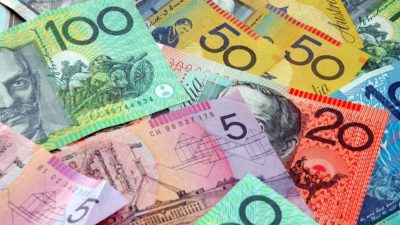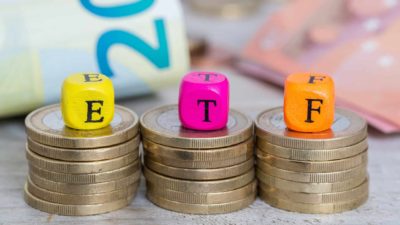We'd all like to see some extra passive income making its way into our pockets, I'd wager. After all, gaining a second income is at least one of the reasons many of us invest in ASX dividend shares in the first place. One of the most popular places to look for passive dividend income is from ASX bank shares like ANZ Group Holdings Ltd (ASX: ANZ).
Like its big four banking compatriots Westpac Banking Corp (ASX: WBC), National Australia Bank Ltd (ASX: NAB) and of course Commonwealth Bank of Australia (ASX: CBA), ANZ shares have been notable for the decades of fat (and mostly fully franked) dividends that they have lavished on shareholders.
That continues into 2024.
On Friday, the ANZ share price closed at $28.95. At this pricing, the ASX 200 bank was sporting a trailing dividend yield of 6.04%.
A 6.04% yield is certainly nothing to turn one's nose up against. Not only does it beat the pants off what most other blue chip ASX 200 dividend shares are currently offering in terms of passive income, but it also leads the other three big four banks right now. It certainly looks a lot more compelling than CBA's rather unbanklike and paltry-by-comparison yield of under 4%.
At a yield of 6.04%, you could theoretically invest $20,000 into ANZ stock and receive $1,208 per annum every year in passive dividend income.
Plus, you'd get the benefits of some franking credits on top of that. As we discussed on Friday, ANZ can no longer be relied upon to fully frank every dividend payment, thanks to its partly international earnings base.
But ANZ's dividends still do come with some franking credits – the bank's last final dividend (paid out last December) was partially franked at 65%.
Can investors really expect $1,200 in passive income from $20,000 worth of ANZ shares?
However, there is one caveat to take into account in this rather rosy scenario: this all assumes ANZ's generous 2023 passive income will continue to flow going forward.
Sure, most ASX banks, including ANZ, have a pretty strong record of increasing their dividends over time.
But no ASX dividend share, whether it's a bank, miner, retailer or telco, has any kind of obligation to fund a dividend at the same rate as the one it paid out in a previous year. In fact, there is no obligation to pay a dividend at all (as was on display during the pandemic).
If ANZ maintains its 2023 dividends this year, then investors can indeed expect to receive $1,208 in passive income for every $20,000 invested. But if it doesn't, there's not much investors can do about it.
Even so, it arguably looks likely that ANZ will continue to fund generous ASX dividends for many years to come, judging by its long track record of doing just that.









